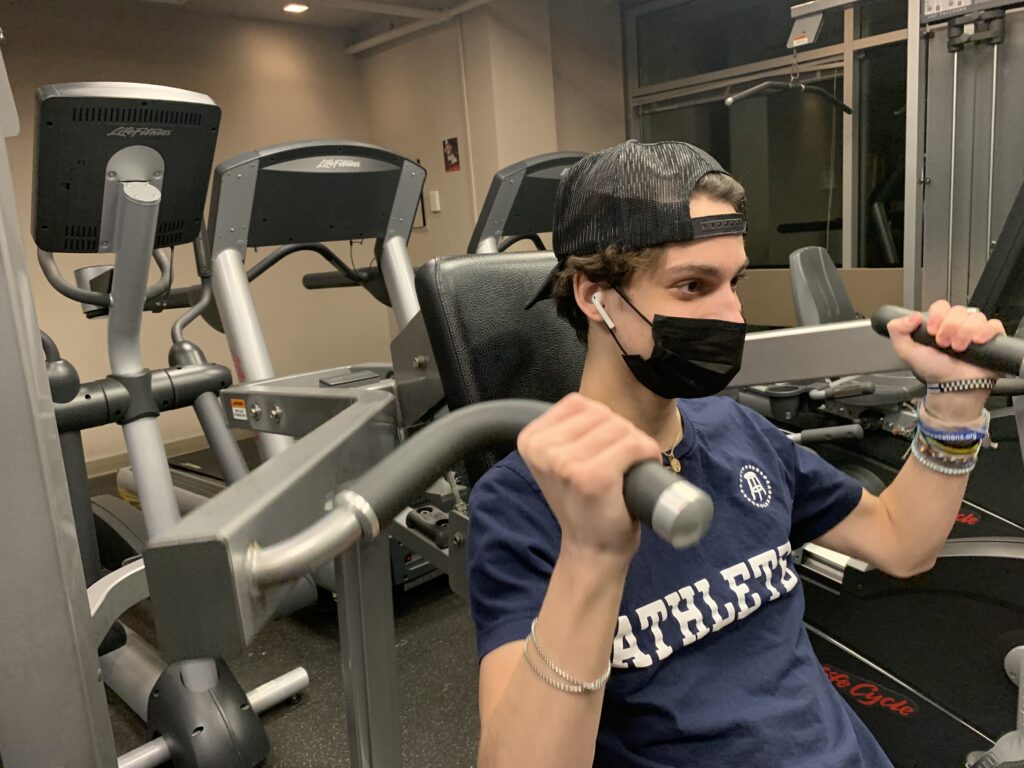Biology professor Eileen Grogan wants students to be aware of the “60/60 rule”.
Saint Joseph’s University students taking Biology 161 Human Organism with Eileen Grogan Ph.D. as their science requirement will learn about the dangers of loud music and headphone usage.
During a unit on special senses and hearing, Grogan teaches the “60/60 rule.” You should listen to music no louder than 60 percent of the max volume for no more than 60 minutes a day. Headphone usage should also be limited to 60 minutes or less a day.
Concerts, bars, and nightclubs play a large factor in hearing damage among younger generations, but the true culprit sits in your pocket; your headphones.
In 2020, the World Health Organization (WHO) announced that 1.1 billion young people were at risk of hearing loss. This is due to long amounts of time exposed to moderately loud music and short amounts of time exposed to loud music.
Biology 161 students learn that music vibrates the hairs within the ear and when played too loud the hairs malfunction. Smaller amounts of damage can be recovered from for example the temporary hearing loss that occurs after a loud concert but there becomes a time when damage is irreversible and the hairs can no longer do their job producing vibrations in the ear.
For a frame of reference of decibels, the max volume on an Apple device is 102 decibels and music played at 100 decibels for just 15 minutes can lead to damage. WHO’s data shows 50 percent of young people who listen to music through headphones listen loudly and a large portion play at full volume.
A 2010 study through Harvard Medical School reported the rise in headphone purchases and usages has aligned with the excelling rate of hearing loss diagnosis in teenagers and individuals under 20 years old.
Many wonder if the type of headphone used has any impact on the amount of hearing loss. They do, since headphones that sit over the ear are safer compared to ear buds and AirPods because they are less invasive and provide a more even, surrounding sound, as opposed to shooting sound directly at the eardrum.
Randomly selected SJU students were asked what headphones they use and which volume they prefer their music played. They were shown the WHO’s statistics, then asked if they were concerned about them.
All 5 students interviewed said they use airpods, putting them at a greater risk of hearing loss than peers who use “over ear” headphones. One student claims she does not play her music too loud in fear other people will hear it. Hearing loss doesn’t matter to her. Another student claims he listens on full volume and wants to enjoy his life and music while he is young.









